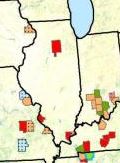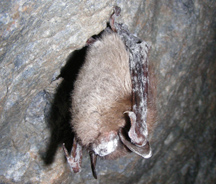 As the second state struck by white nose syndrome in bats, good news for Vermont’s bats is good news for all hibernating bats in North America. An Associated Press story reports that scientists are interpreting results of a winter-long study of bat movements in New England’s largest bat hibernation site as showing a sharp reduction in the number of bats felled by white nose syndrome.
As the second state struck by white nose syndrome in bats, good news for Vermont’s bats is good news for all hibernating bats in North America. An Associated Press story reports that scientists are interpreting results of a winter-long study of bat movements in New England’s largest bat hibernation site as showing a sharp reduction in the number of bats felled by white nose syndrome.
The scientists tagged over 400 bats, and found that only eight left their hibernation cave early. Only 192 bats left the cave at their normal time, but the scientists say they think those other 200 or so bats hibernated in another cave, as opposed to dieing somewhere deep in the cave out of reach of their tracking antenna.
Read the whole Associated Press story here.
Scroll down for some background on the study and other interesting white nose syndrome info, here.
Photo: Little brown bat with white nose syndrome. Courtesy of Missouri Dept. of Conservation

 From a
From a 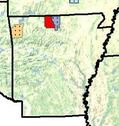 After detecting the fungus that causes white nose syndrome, but not seeing any bats with the disease, for two winters in a row, dead bats showing the symptoms caused by the white nose syndrome fungus were found in an Arkansas cave on January 11, an
After detecting the fungus that causes white nose syndrome, but not seeing any bats with the disease, for two winters in a row, dead bats showing the symptoms caused by the white nose syndrome fungus were found in an Arkansas cave on January 11, an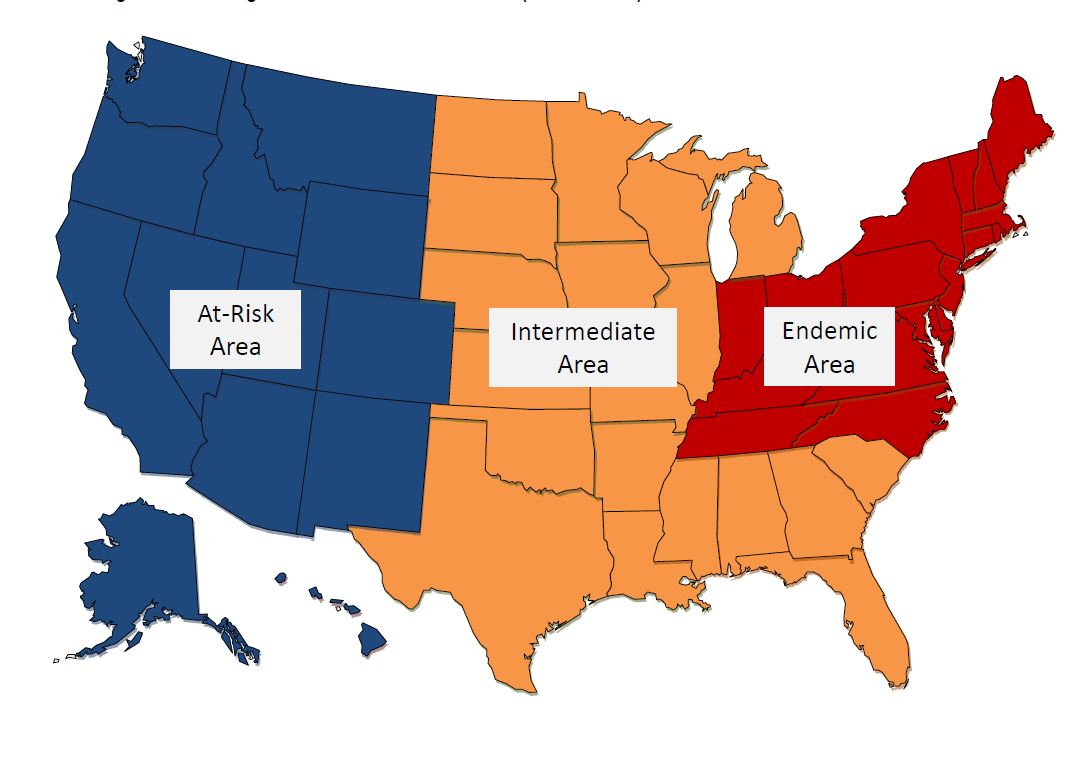 The National Wildlife Health Center (in Madison, Wisc., part of the US Geological Survey) has updated the Bat Submission Guidelines for the 2013/2014 white nose syndrome (WNS) surveillance season.These are the protocols that you, a state wildlife biologist, would use to submit a bat or other sample to the center for WNS diagnosis.
The National Wildlife Health Center (in Madison, Wisc., part of the US Geological Survey) has updated the Bat Submission Guidelines for the 2013/2014 white nose syndrome (WNS) surveillance season.These are the protocols that you, a state wildlife biologist, would use to submit a bat or other sample to the center for WNS diagnosis.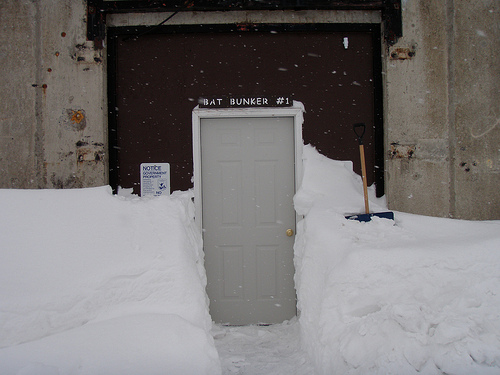 Thirty bats from New York and Vermont, some of which were visibly infected with white nose syndrome (WNS), were moved to a specially-prepared military bunker in Maine to spend the winter. Nine bats survived, a higher percentage than would have been expected if they had been left in the wild. Those bats were returned to the locations where they were found.
Thirty bats from New York and Vermont, some of which were visibly infected with white nose syndrome (WNS), were moved to a specially-prepared military bunker in Maine to spend the winter. Nine bats survived, a higher percentage than would have been expected if they had been left in the wild. Those bats were returned to the locations where they were found.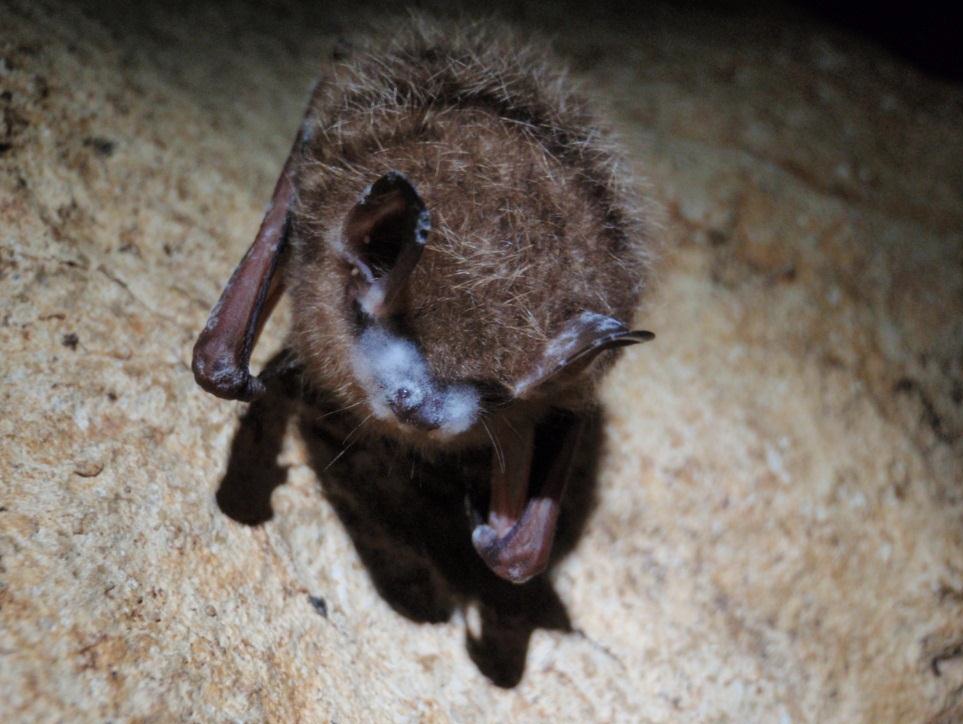 According to a
According to a 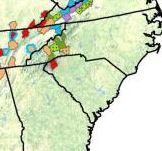 A tri-colored bat, found dead in Table Rock State Park in the northwestern corner of South Carolina, has been confirmed to have white nose syndrome (WNS), the
A tri-colored bat, found dead in Table Rock State Park in the northwestern corner of South Carolina, has been confirmed to have white nose syndrome (WNS), the 